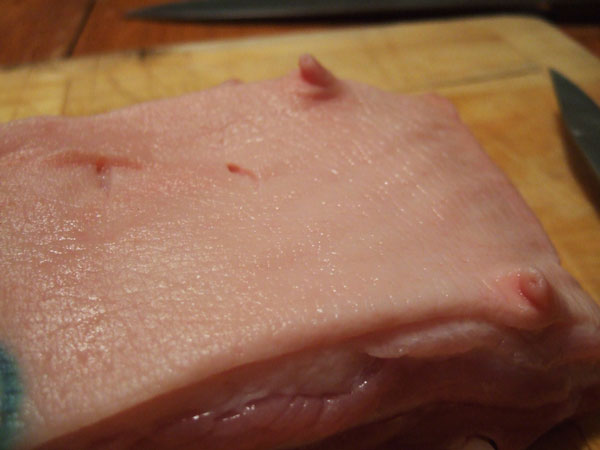 You know your meat’s fresh when it still looks like an animal. Â This belly’s got nipples.
You know your meat’s fresh when it still looks like an animal. Â This belly’s got nipples.
Last month, I was a presenter in a very special tour of Central Park: a walk-through of the lives of the residents of Seneca Village.  Seneca Village was a rural suburb of New York until 1858, when the property owners were forced off their land in the city’s first use of Eminent Domain.  The property, which was owned largely by Irish and German immigrants and free African-Americans, was seized to build Central Park, and the town disappeared from New York City’s landscape and our collective memory. Only recently has scholarship surfaced exploring the lives of the residents of Seneca Village, and Imagining Seneca Village presented some of what we know.
The residents of Seneca Village had a huge advantage over their southern Manhattan neighbors: they could self-produce food. Â Although many immigrants were coming from rural areas, once they arrived to the tenements of the Lower East Side, there was little room to grow a garden. Â But according to the New York Tribune, “(Seneca Village contained homes)…of varying degrees of excellence…a number of these have fine kitchen gardens, and some of the side-hill slopes are adorned with cabbage, and melon-patches, with hills of corn and cucumbers, and beds of beets, parsnips and other garden delicacies. (1857)”
Not only gardens, but livestock as well: geese, chickens, goats and swine.  The American Livestock Breeds Conservancy lists seven American pig breeds as critically endangered; these are pigs that have been bred in the States for a hundred years or more, and are often close descendants of 17th and 18th century pig breeds.  They’re breeds that are known for their foraging skills and their mothering skills.  A mother and her brood can be released into the fields to fend for themselves with very little care.  For residents of Seneca Village, pigs represented and immense amount of food that came at very little cost: a pig’s foraging diet would have been supplemented with kitchen scraps and food waste; by fall, they would be plump enough for slaughter.  These foraging breeds also acted like early garbage disposals on the crowded city streets of New York, before public sanitation and garbage pick-up existed.  Dickens, on his 1842 trip to America, mentions the handsome pigs rooting around the streets for discarded cabbage leaves and offal.
But after WWII, pig breed preferences turned toward those who did well for mass production. Â These foraging breeds did not have a high survival rate in a pen and people stopped breeding them. Â But thanks to a return to all things delicious, small farms have focused on preserving these breeds; and, by creating a demand for their pork, we’re helping them survive as well.
So, at Imagining Seneca Village, I prepared a pork belly I obtained from Flying Pigs Farms, a ranch outside of New York that breeds Large Blacks, Gloucestershire Old Spots, and Tamworth pigs.  When I served it, everyone demanded the recipe.  I admit, it was crispy, salty, meaty, and just awesome.  But I can’t give credit to my cooking skills — I owe it all to the meat itself.  Covered with a thick layer of fat that kept it moist while roasting, the belly’s meat was rich with the flavors of a well-exercised pig who had grown fat on fall acorns.
To make your own pork belly, start with a slab of heritage pork. Â If you’re in New York, Flying Pigs is at the Union Square Greenmarket Fridays & Saturdays. Â They also sell online, as do several other heritage pork purveyors around the country, like Caw Caw Creek in South Carolina. Â Then, I followed Jamie Oliver’s simple recipe available here. Â I didn’t even bother with the gravy, and it came out divine.
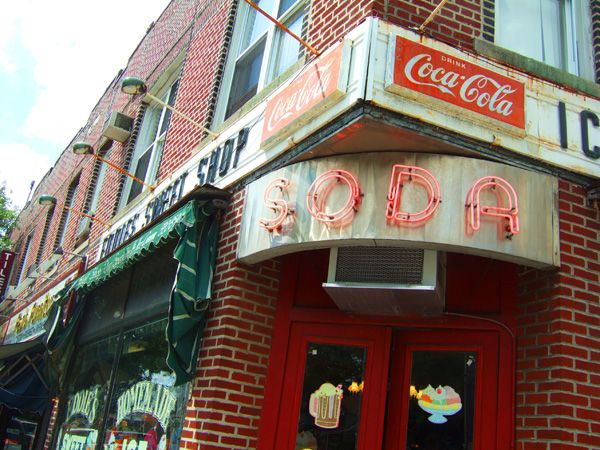
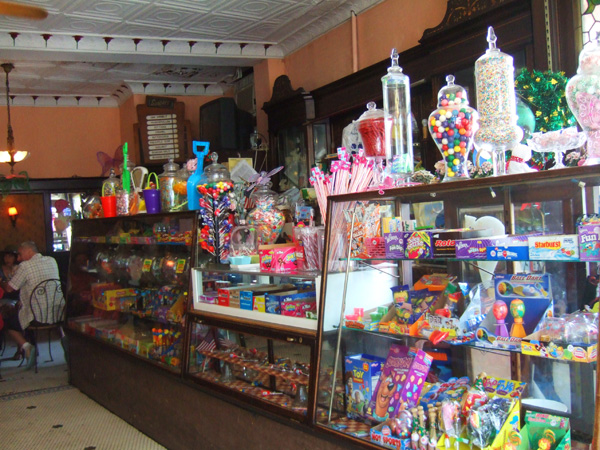
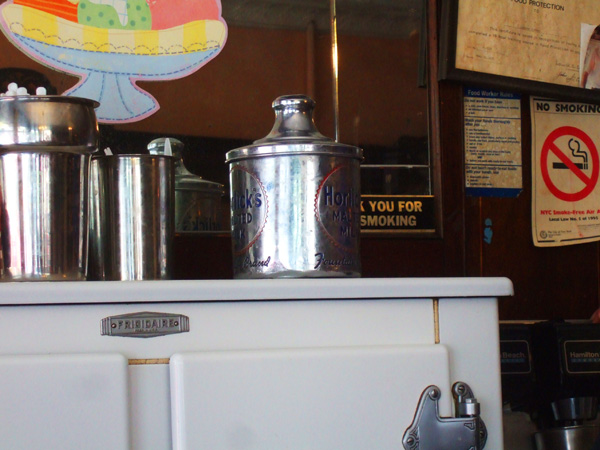
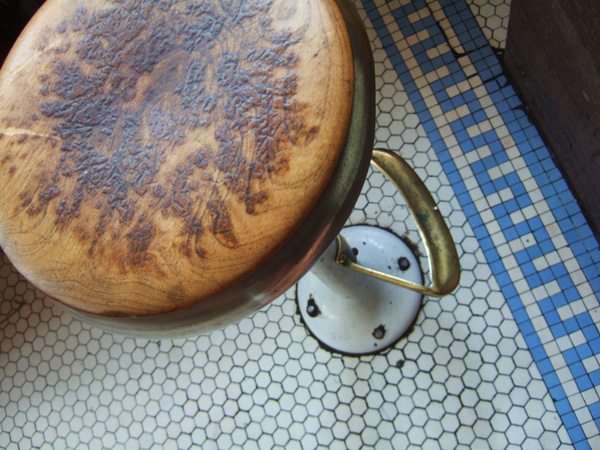
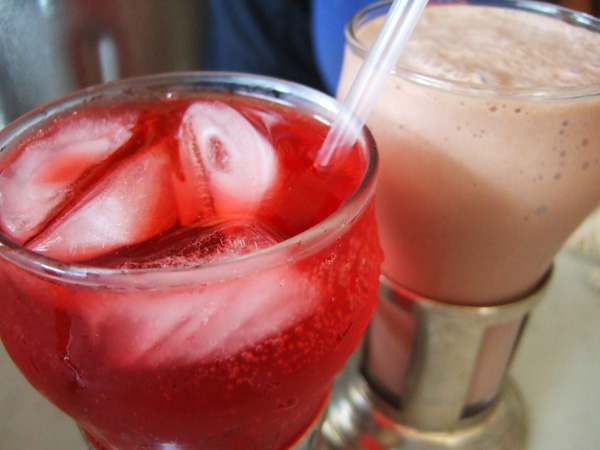
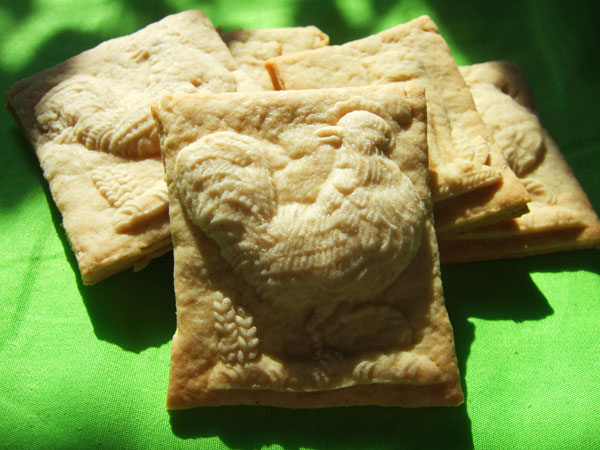
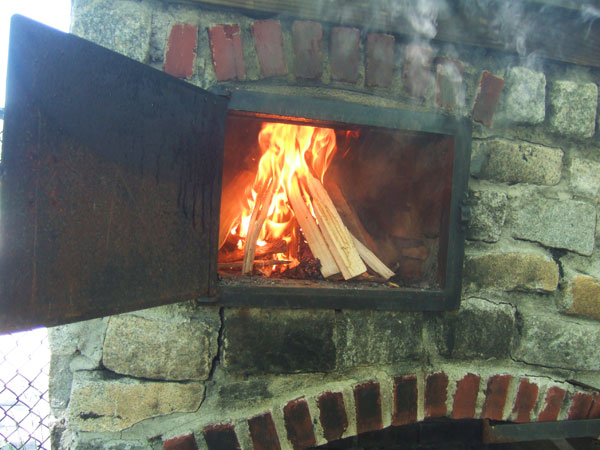
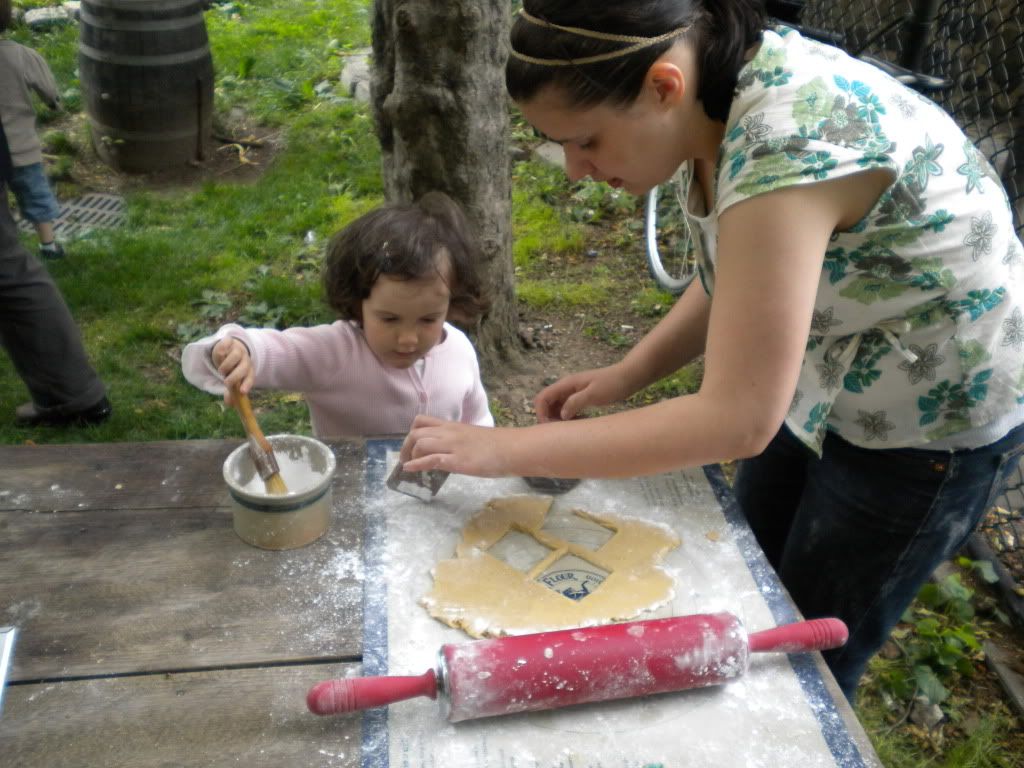
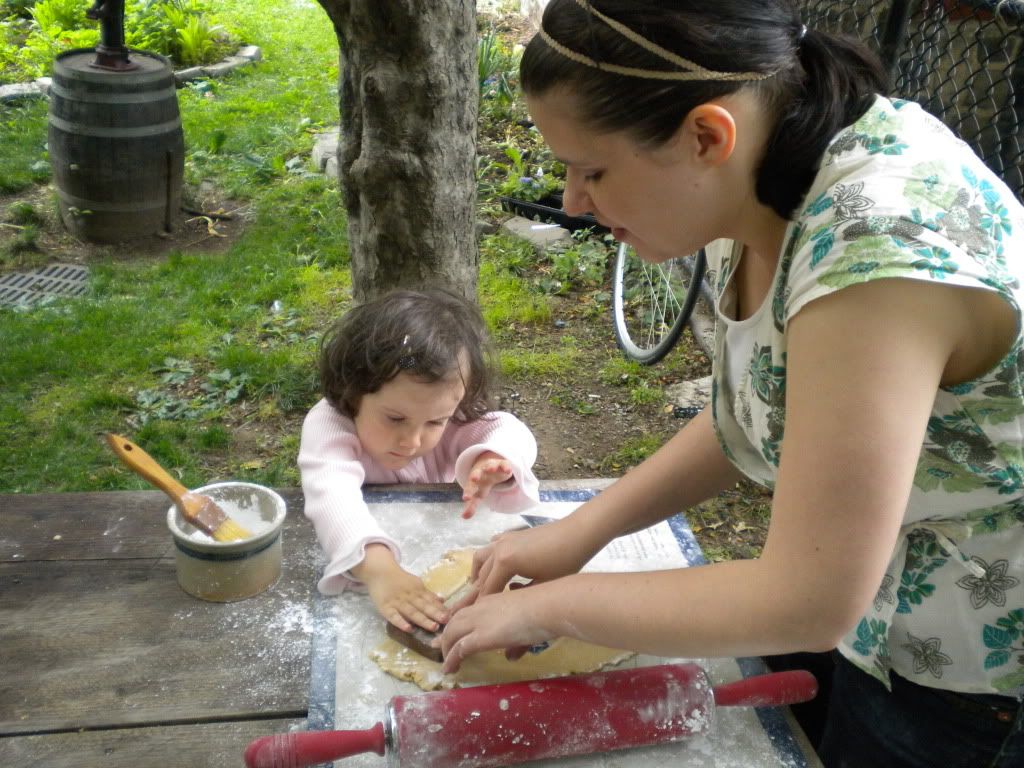









 Ellis Island Dining Room (Tenement Museum Blog)
Ellis Island Dining Room (Tenement Museum Blog)